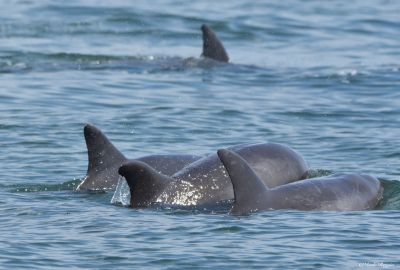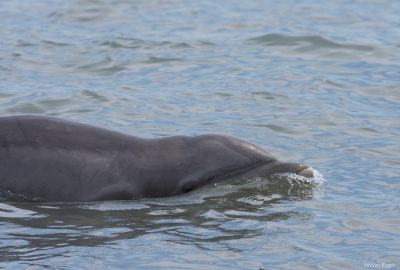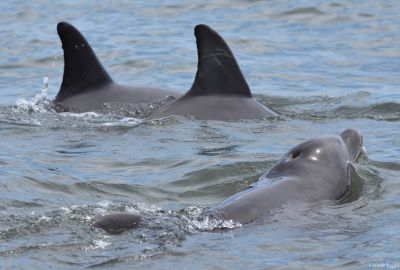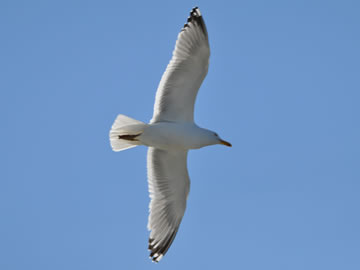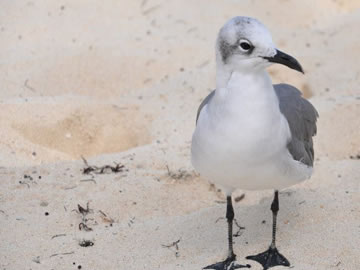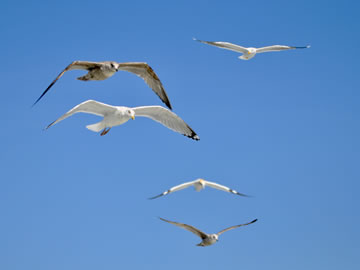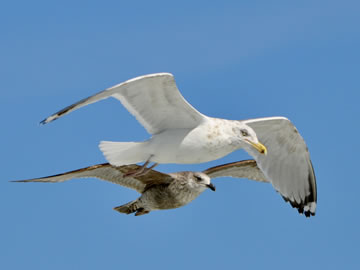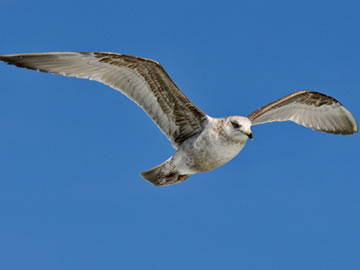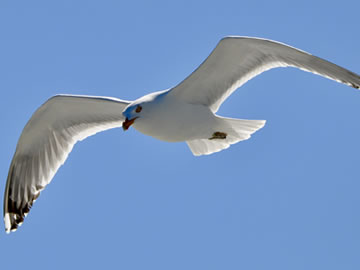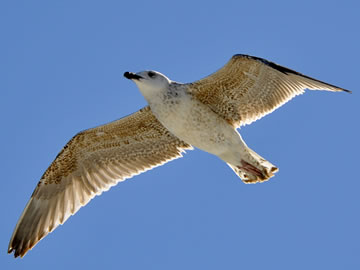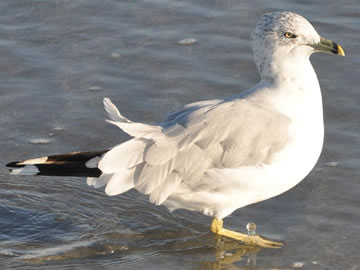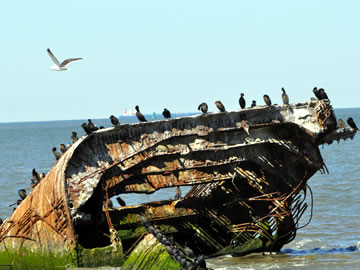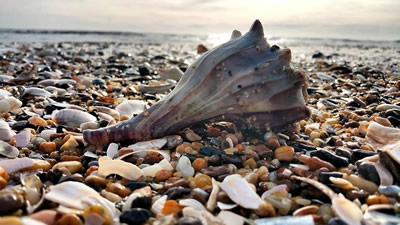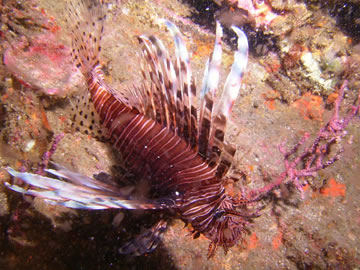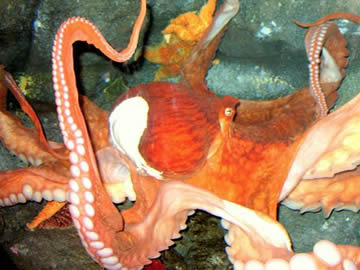DEEP BLUE
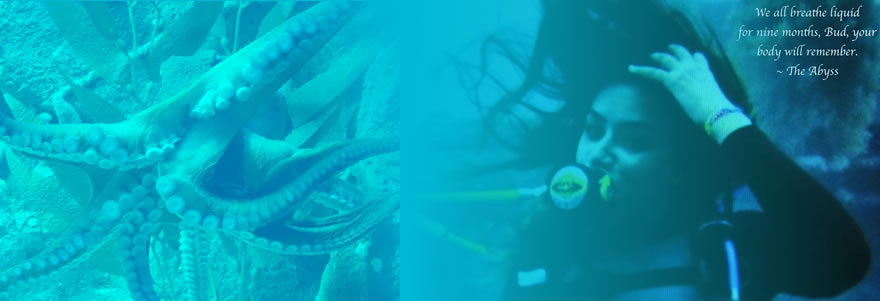

The Dolphins of Cape May
Just off the coast of Cape May, New Jersey, a thriving population of bottlenose dolphins makes its home in the Atlantic’s temperate waters. These intelligent and social marine mammals are a favorite among locals and tourists alike, often seen riding the waves near the shoreline or swimming alongside boats. What makes the dolphins in this region especially fascinating is their unique adaptability—they migrate seasonally, moving north in the spring and summer months as ocean temperatures rise, and often return to warmer southern waters in the fall.
Cape May’s dolphins belong to the Tursiops truncatus species, known for their playful behavior and complex social structures. They travel in pods, usually made up of a dozen or so individuals, although larger “super pods” can occasionally be spotted during feeding or migration. Local researchers have observed that these dolphins exhibit strong site fidelity—meaning many of them return to the same coastal areas year after year, a trait that allows scientists to identify and track individuals over time.
Another interesting fact about the Cape May dolphins is their vocal communication. They use a series of clicks, whistles, and body language to coordinate hunting and maintain social bonds. Studies in the region have also found that dolphins here may adapt their behavior in response to boat traffic, sometimes altering their routes or dive patterns to avoid disturbance. This has led to increased interest in responsible dolphin-watching practices, which Cape May tour operators often promote to protect these remarkable creatures. |
|
|---|---|
|
|
|
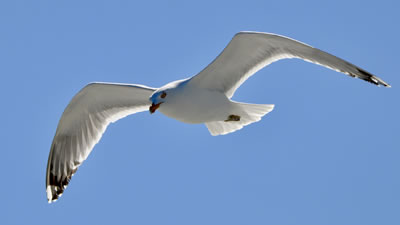
Seagulls
Seagulls encompass a great deal of diversity with at least twenty-eight types in North America alone.
The intelligence of these birds is clearly demonstrated by the range of feeding behaviors. These birds have been known to stamp their feet in groups to imitate rainfall and trick worms to come to the surface to be eaten. Seagulls also engage in dropping hard-shelled mollusks onto rocks to break them open.
In addition to being very clever, these birds have a highly developed repertoire for communication of body movements and vocalizations. These behaviors can be viewed on a leisurely day spent near the beach, boat dock or inlet. Seagulls can drink both salt and fresh water, made possible by a special gland above their eyes and are very attentive parents. Male and female birds pair for life and share in incubating, protecting and feeding their chicks. |
|
The Amazing Horseshoe Crab!
|
|---|
Lionfish These fish are skilled hunters, often spreading their pectoral fins and herding small fish into tight areas and against rocks to catch and eat them. The introduction of the red lionfish off the coast of the United States and the Caribbean Sea was likely due to Hurricane Andrew, which destroyed an aquarium in South Florida releasing six fish into Biscayne Bay in 1992.
|
Giant Pacific Octopus Highly intelligent, these animals are able to solve mazes and open jars. They hunt at night and have even been known to attack sharks. Their range is in the Pacific Ocean from California to Alaska and west to Japan.
|
|---|---|
|
Exotic Jellyfish
|
|

